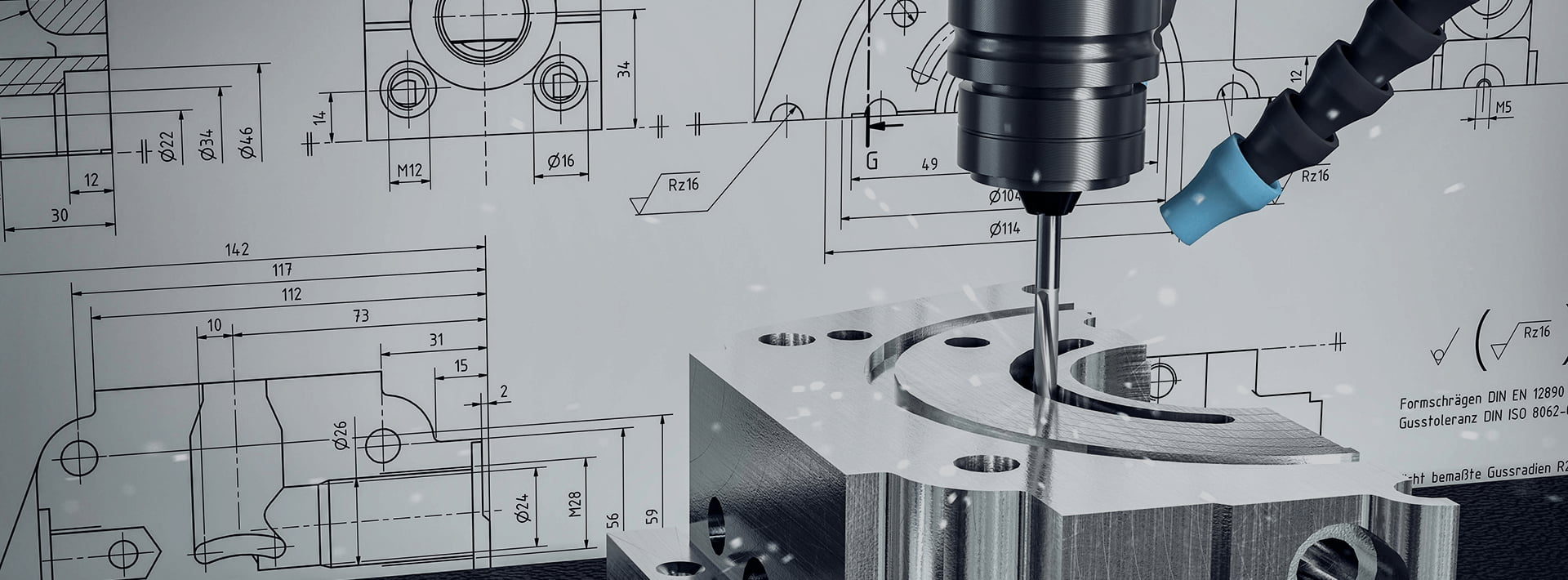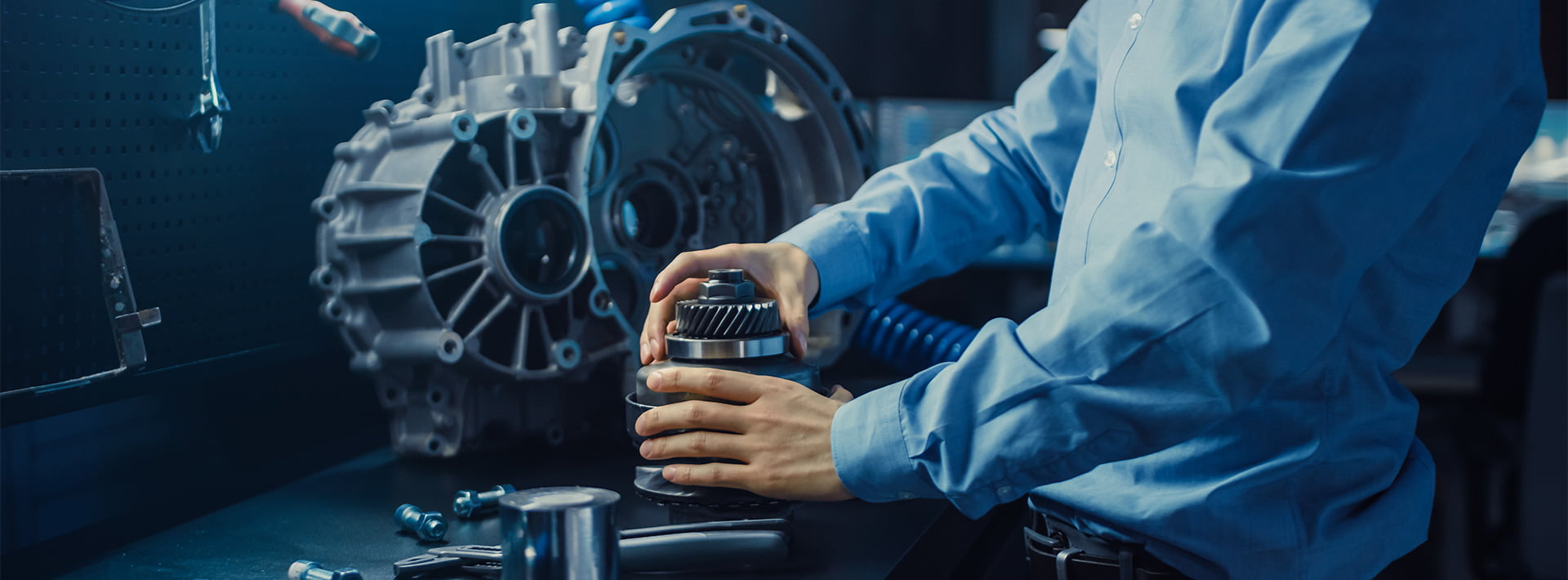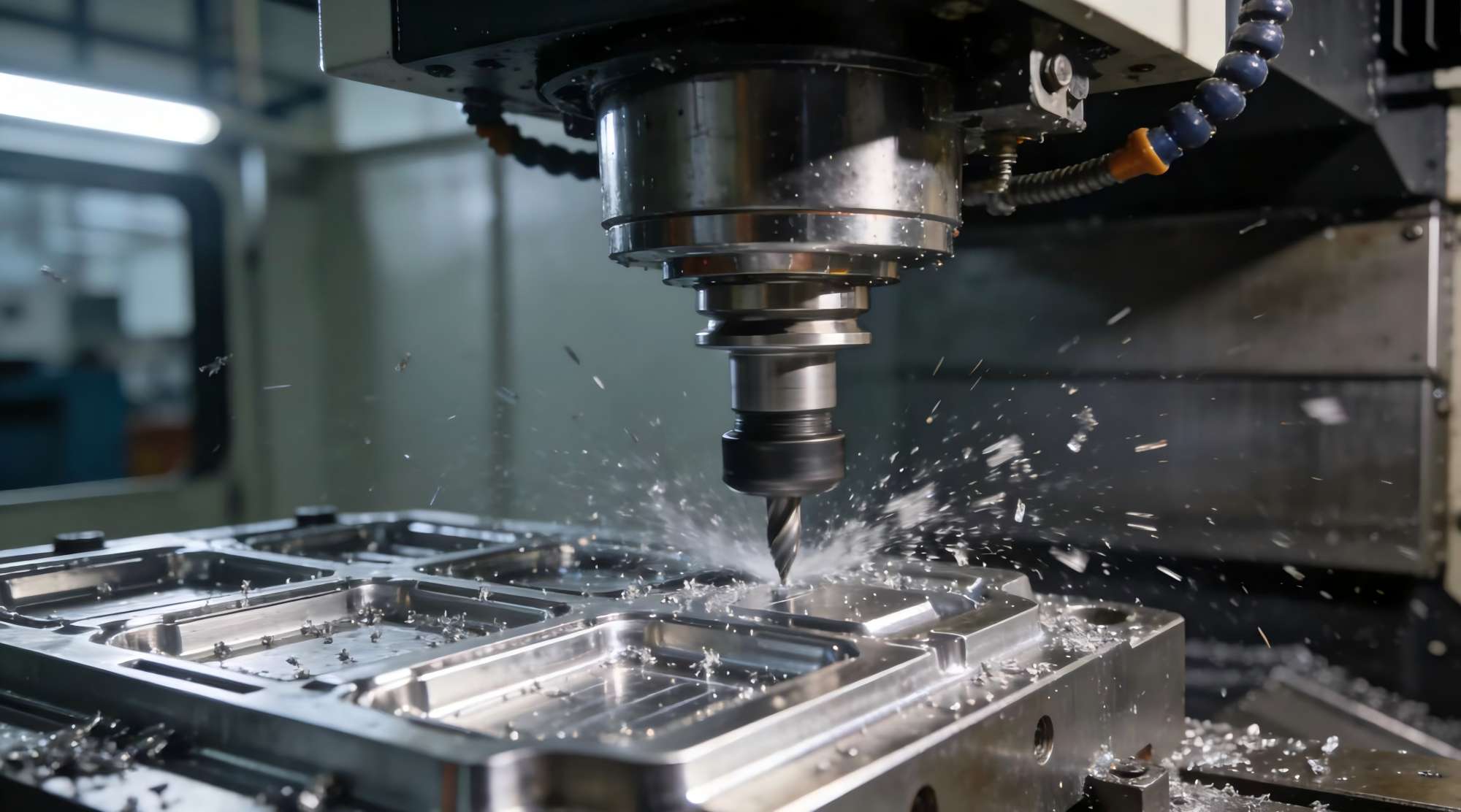CNC Milling Services: Produce CNC Lathe Machine Parts
Here's a comprehensive overview of CNC milling services for producing CNC lathe machine parts, covering key aspects for successful manufacturing:
. Why CNC Milling for Lathe Parts?
- Complex Geometries: Milling creates slots, holes, flats, and intricate features impossible on a lathe.
- Multi-Axis Capability: 5-axis milling handles angled surfaces and compound curves (e.g; turret faces, tool holders).
- Material Versatility: Machines hardened steels, cast iron, aluminum, and engineering plastics used in lathe construction.
- Precision: Achieves tight tolerances (+/-0.01-0.05 mm) critical for spindle housings, beds, and carriages.
. Critical Lathe Components Produced via Milling
- Headstock Body: Housing for spindles bearings (requires bore accuracy).
- Cross-Slides & Carriages: Complex sliding parts with dovetails T-slots.
- Tool Turrets: Indexing mechanisms with precision mounting holes.
- Tailstock Bodies: Clamping bores and quill guides.
- Brackets Plates: Motor mounts, chip guard frames, control panels.
- Gearbox Housings: Enclosures with bearing seats and oil galleries.
. Technical Requirements
- Tolerances: +/-0.02 mm for bearing seats, +/-0.05 mm for structural fits.
- Surface Finishes:
- 0.8-1.6 m Ra for sliding surfaces (e.g., ways).
- 3.2 m Ra for non-critical faces.
- Post-Processing:
- Stress relieving (for large beds).
- Hardening tempering (gears, shafts).
- Grinding for critical flatness parallelism.
. Manufacturing Considerations
- Fixturing: Custom jigs to secure irregular parts (e.g., lathe beds).
- Tooling: Carbide end mills for hardened steel; diamond-cut for aluminum.
- Quality Control: CMM inspection for GD&T, bore gauges, surface testers.
- Volume Flexibility: Prototypes (1-10 units) to production runs (1000+).
. Partner Selection Checklist
- Experience: Look for machine tool part specialization.
- Capabilities: 4/5-axis mills, large bed capacity (for lathe beds).
- Certifications: ISO 9001, AS9100 (if aerospace adjacent).
- Testing Reports: Request material certs (MTRs) and first-article inspection.
. Cost Optimization Tips
- Design: Avoid deep pockets (<4 X tool diameter); standardize hole sizes.
- Material: Use free-cutting steels (12L14) where possible.
- Batching: Combine multiple parts in single setups.
. File Requirements
Provide suppliers with:
- 3D Models: STEP, IGES, or Parasolid formats.
- 2D Drawings: Critical dimensions, tolerances, surface callouts.
- Assembly Context: Clarify interfacing parts functions.
Pro Tip: For legacy machines, offer a sample part for reverse engineering if drawings are unavailable. Many shops offer scanning remodeling services.
Recommended Suppliers (by Region)
- North America: Protolabs, Xometry, Fathom Manufacturing
- EU: Hubs, KAMPF, Schunk Group
- Asia: Star Rapid, JTR Machine (China)
By focusing on precision, material integrity, and geometric accuracy, CNC milling ensures reliable, long-lasting components for CNC lathes. Always request DFM feedback early to avoid redesign delays.
. Why CNC Milling for Lathe Parts?
- Complex Geometries: Milling creates slots, holes, flats, and intricate features impossible on a lathe.
- Multi-Axis Capability: 5-axis milling handles angled surfaces and compound curves (e.g; turret faces, tool holders).
- Material Versatility: Machines hardened steels, cast iron, aluminum, and engineering plastics used in lathe construction.
- Precision: Achieves tight tolerances (+/-0.01-0.05 mm) critical for spindle housings, beds, and carriages.
. Critical Lathe Components Produced via Milling
- Headstock Body: Housing for spindles bearings (requires bore accuracy).
- Cross-Slides & Carriages: Complex sliding parts with dovetails T-slots.
- Tool Turrets: Indexing mechanisms with precision mounting holes.
- Tailstock Bodies: Clamping bores and quill guides.
- Brackets Plates: Motor mounts, chip guard frames, control panels.
- Gearbox Housings: Enclosures with bearing seats and oil galleries.
. Technical Requirements
- Tolerances: +/-0.02 mm for bearing seats, +/-0.05 mm for structural fits.
- Surface Finishes:
- 0.8-1.6 m Ra for sliding surfaces (e.g., ways).
- 3.2 m Ra for non-critical faces.
- Post-Processing:
- Stress relieving (for large beds).
- Hardening tempering (gears, shafts).
- Grinding for critical flatness parallelism.
. Manufacturing Considerations
- Fixturing: Custom jigs to secure irregular parts (e.g., lathe beds).
- Tooling: Carbide end mills for hardened steel; diamond-cut for aluminum.
- Quality Control: CMM inspection for GD&T, bore gauges, surface testers.
- Volume Flexibility: Prototypes (1-10 units) to production runs (1000+).
. Partner Selection Checklist
- Experience: Look for machine tool part specialization.
- Capabilities: 4/5-axis mills, large bed capacity (for lathe beds).
- Certifications: ISO 9001, AS9100 (if aerospace adjacent).
- Testing Reports: Request material certs (MTRs) and first-article inspection.
. Cost Optimization Tips
- Design: Avoid deep pockets (<4 X tool diameter); standardize hole sizes.
- Material: Use free-cutting steels (12L14) where possible.
- Batching: Combine multiple parts in single setups.
. File Requirements
Provide suppliers with:
- 3D Models: STEP, IGES, or Parasolid formats.
- 2D Drawings: Critical dimensions, tolerances, surface callouts.
- Assembly Context: Clarify interfacing parts functions.
Pro Tip: For legacy machines, offer a sample part for reverse engineering if drawings are unavailable. Many shops offer scanning remodeling services.
Recommended Suppliers (by Region)
- North America: Protolabs, Xometry, Fathom Manufacturing
- EU: Hubs, KAMPF, Schunk Group
- Asia: Star Rapid, JTR Machine (China)
By focusing on precision, material integrity, and geometric accuracy, CNC milling ensures reliable, long-lasting components for CNC lathes. Always request DFM feedback early to avoid redesign delays.






